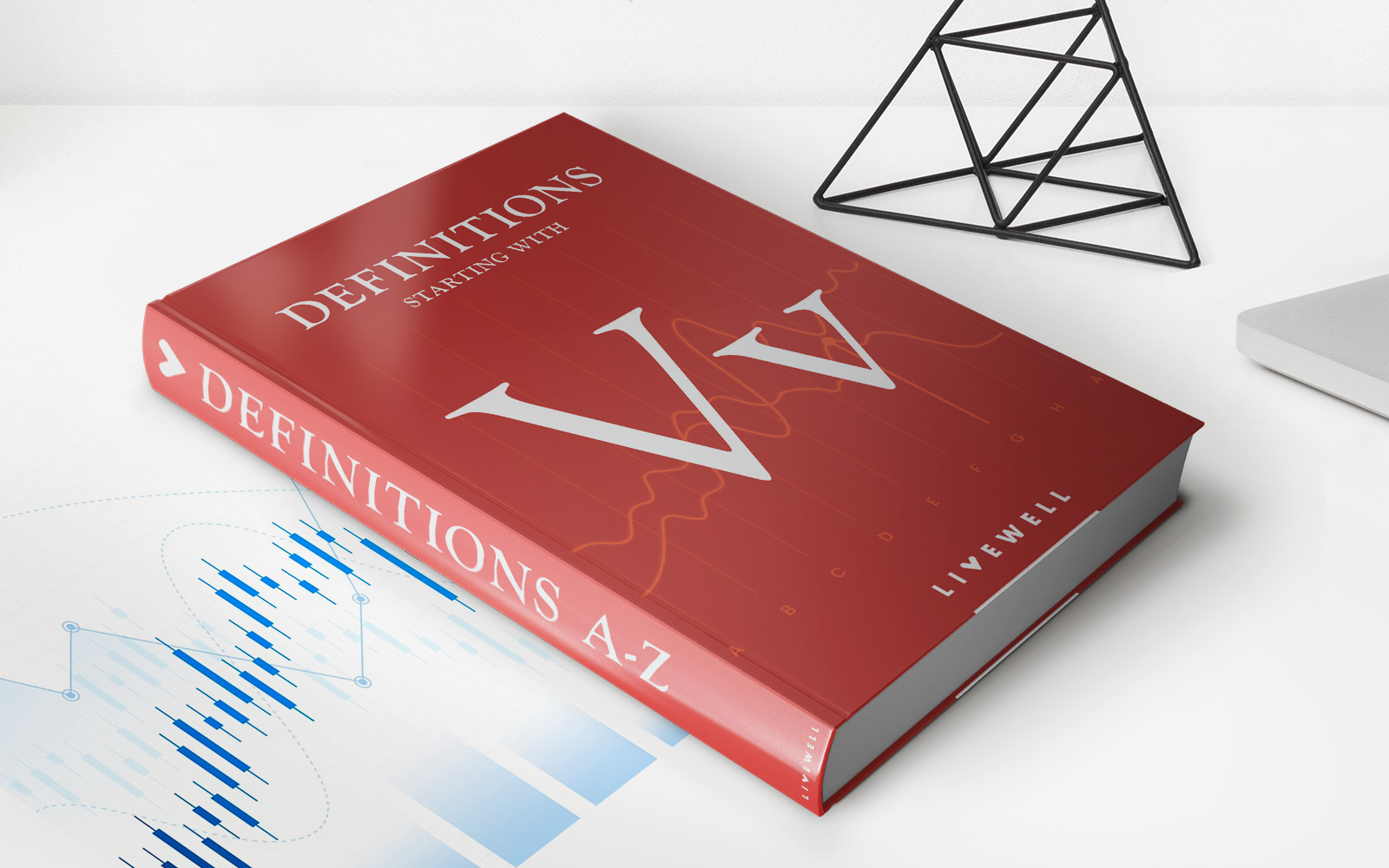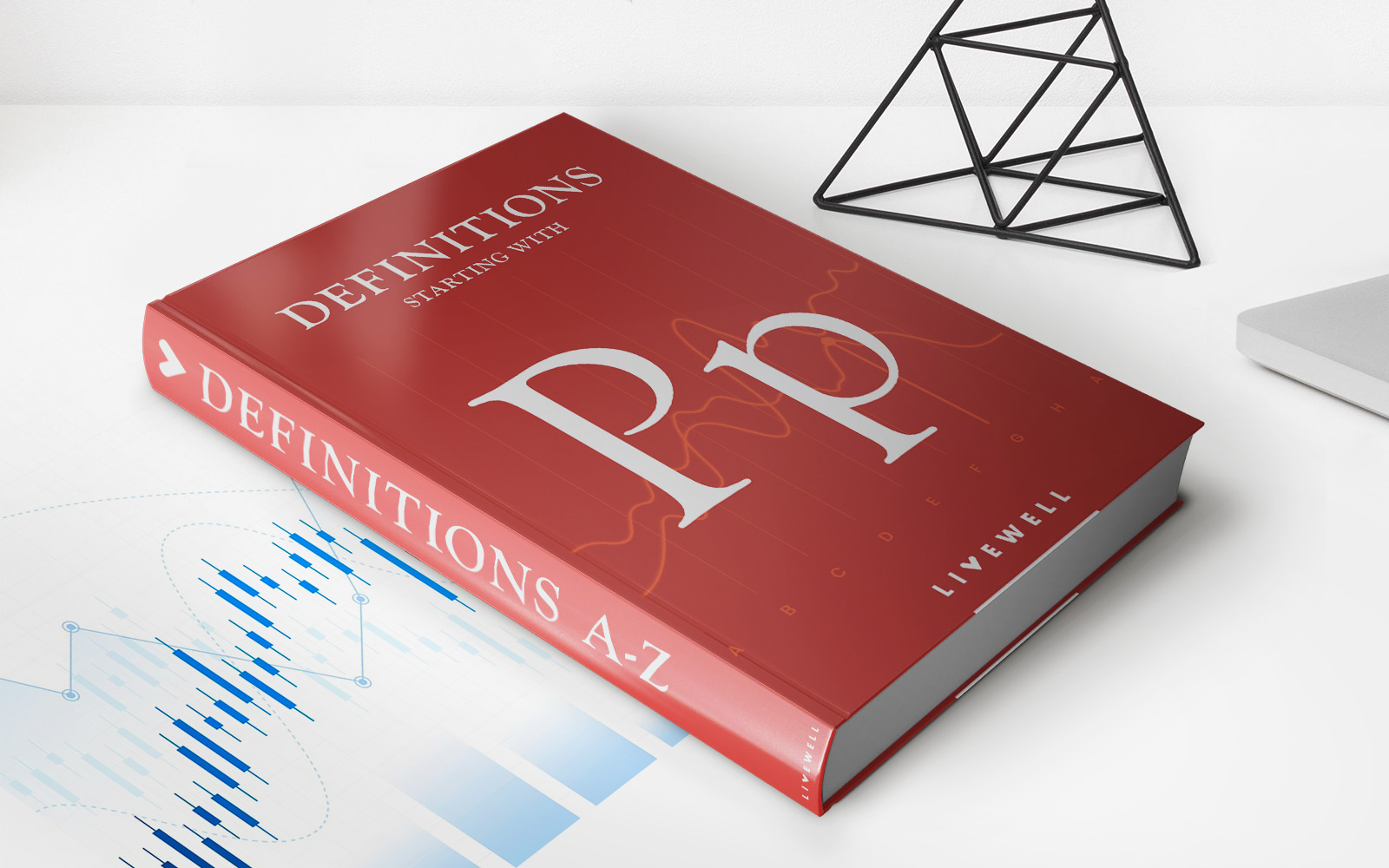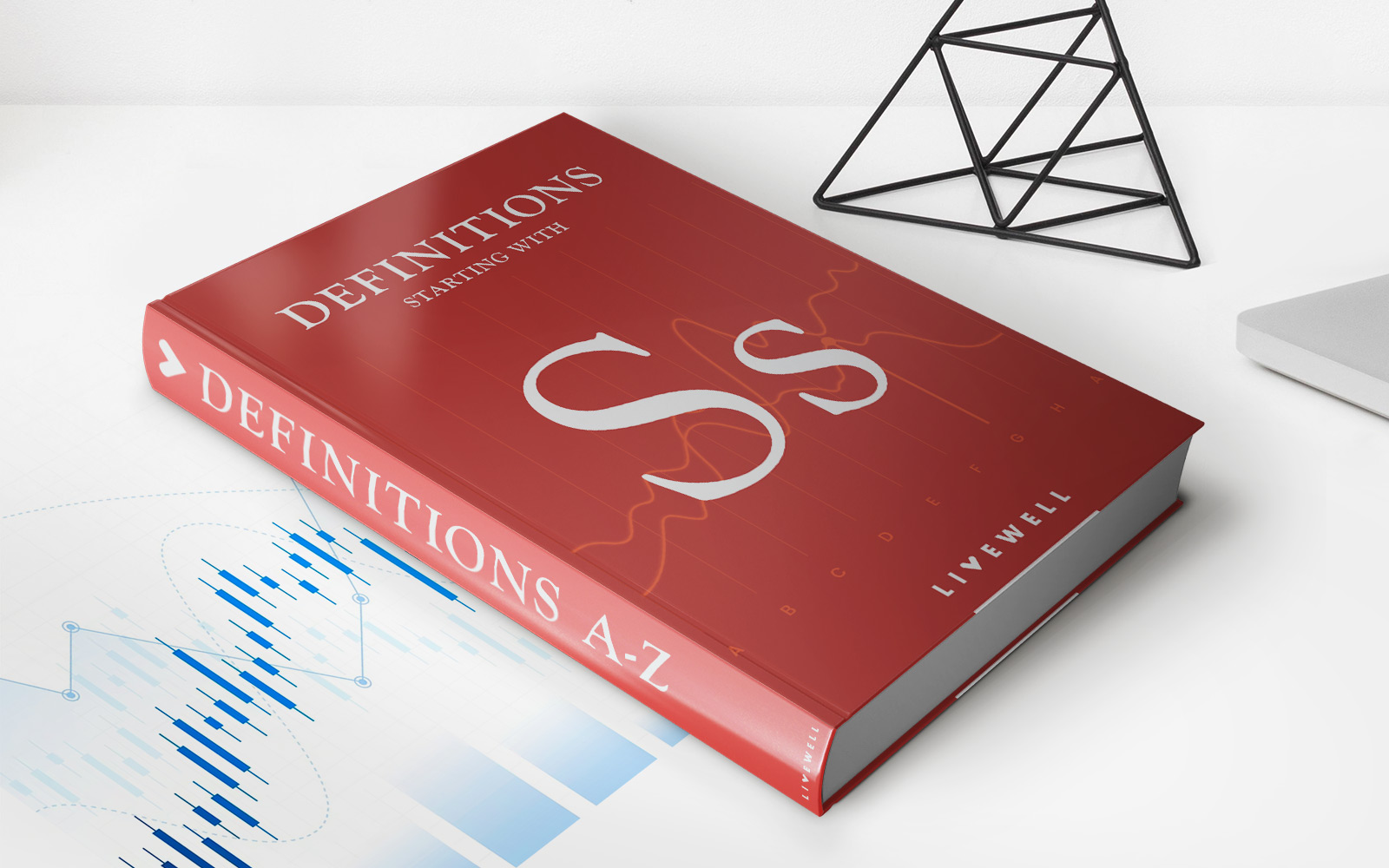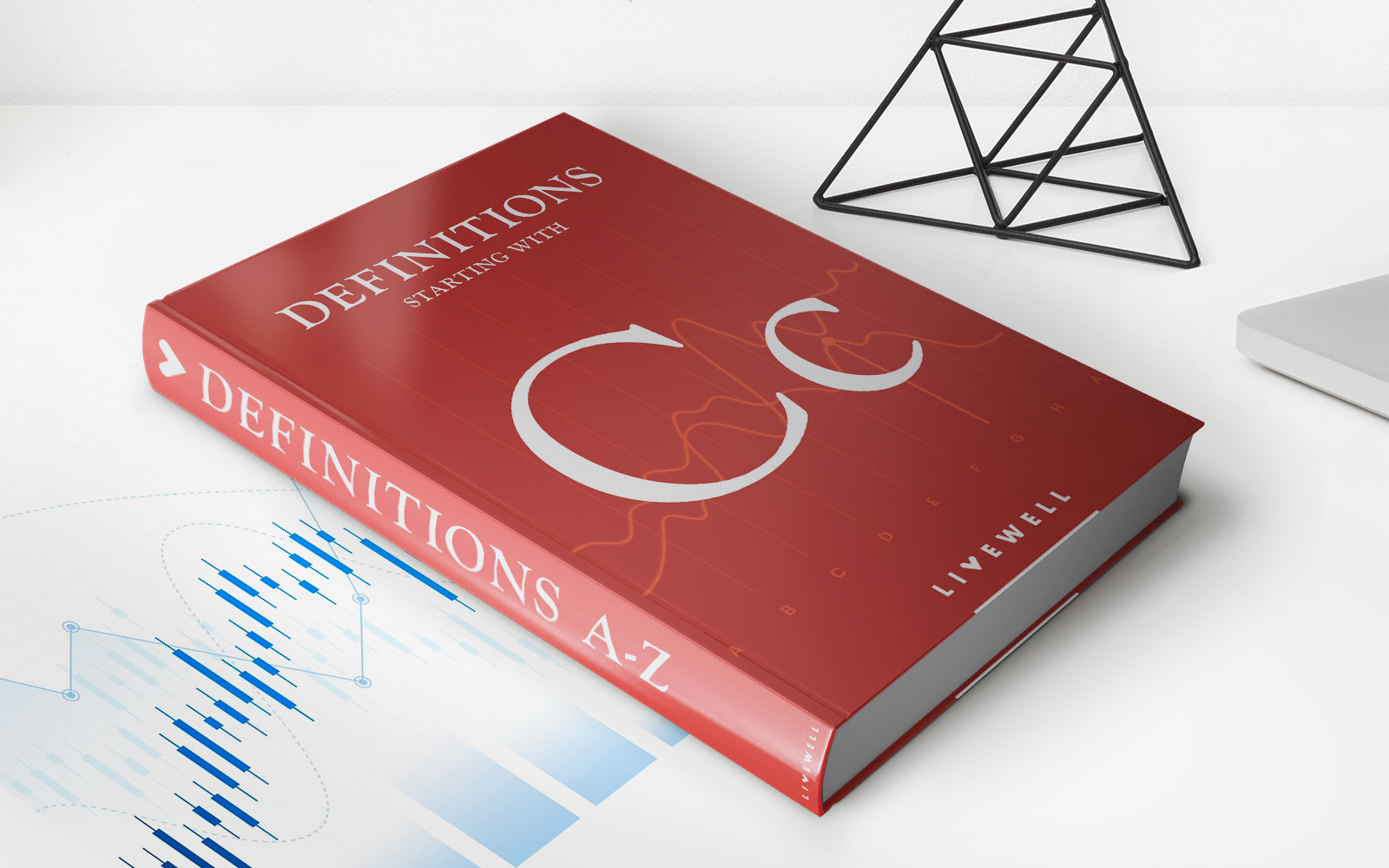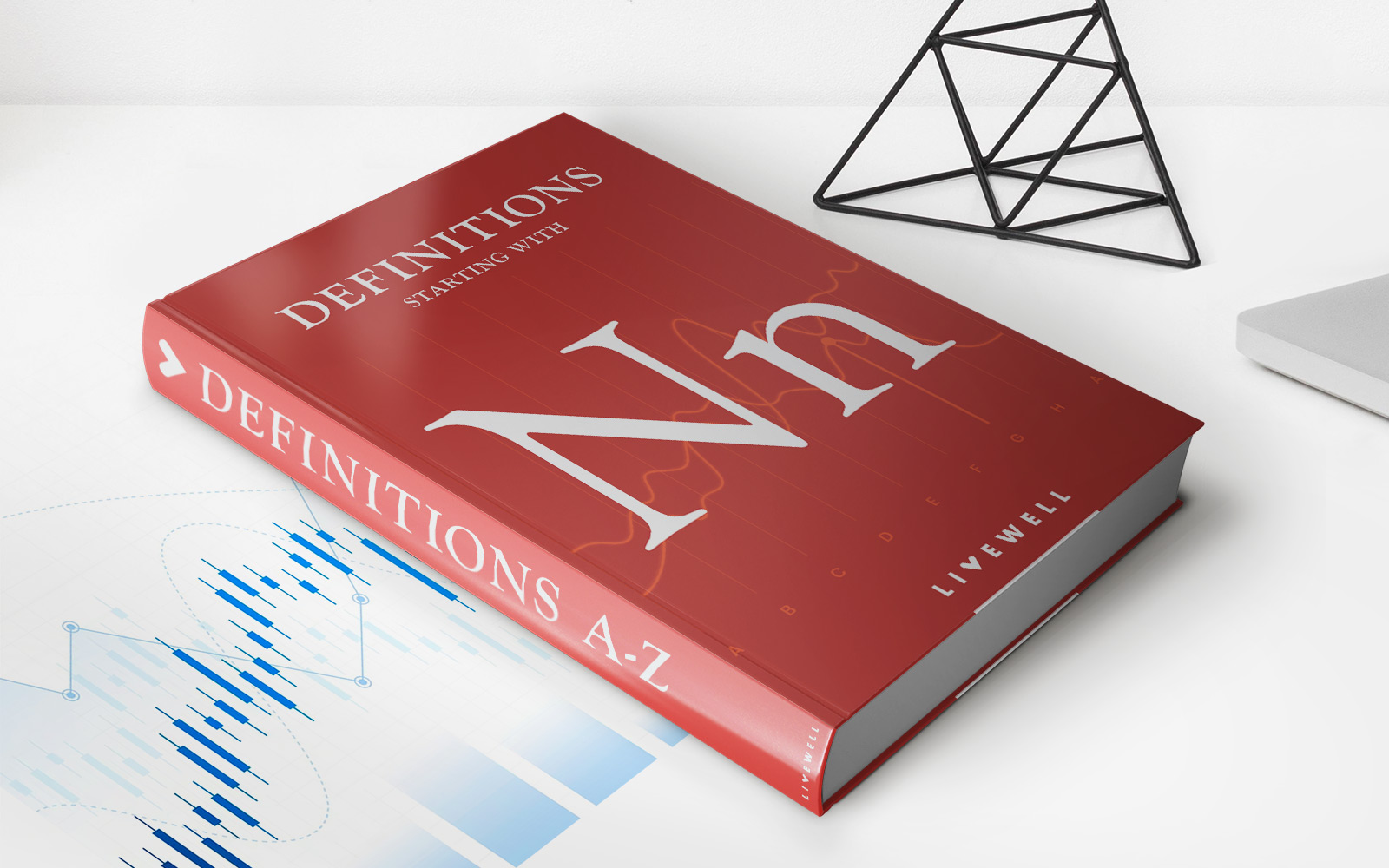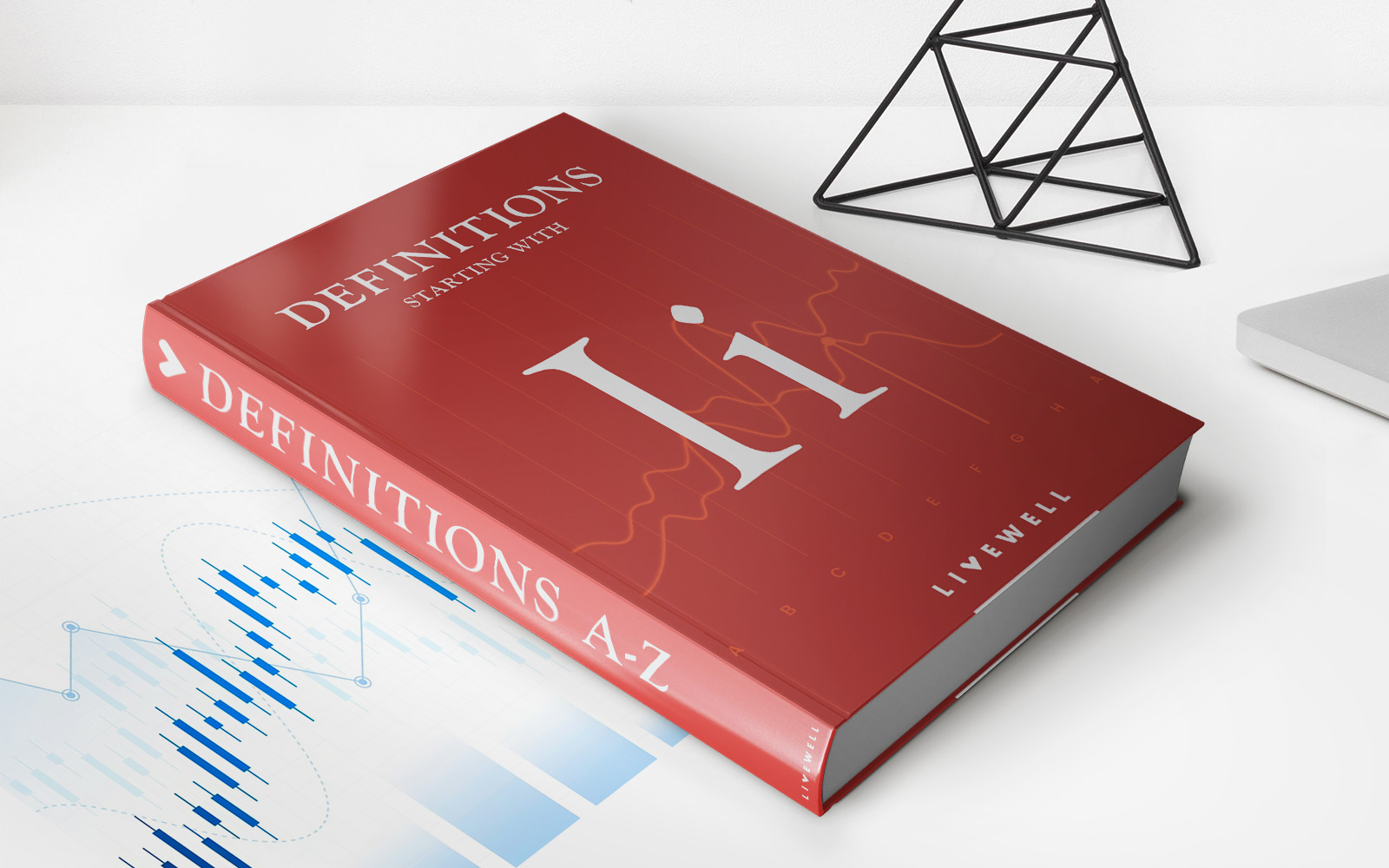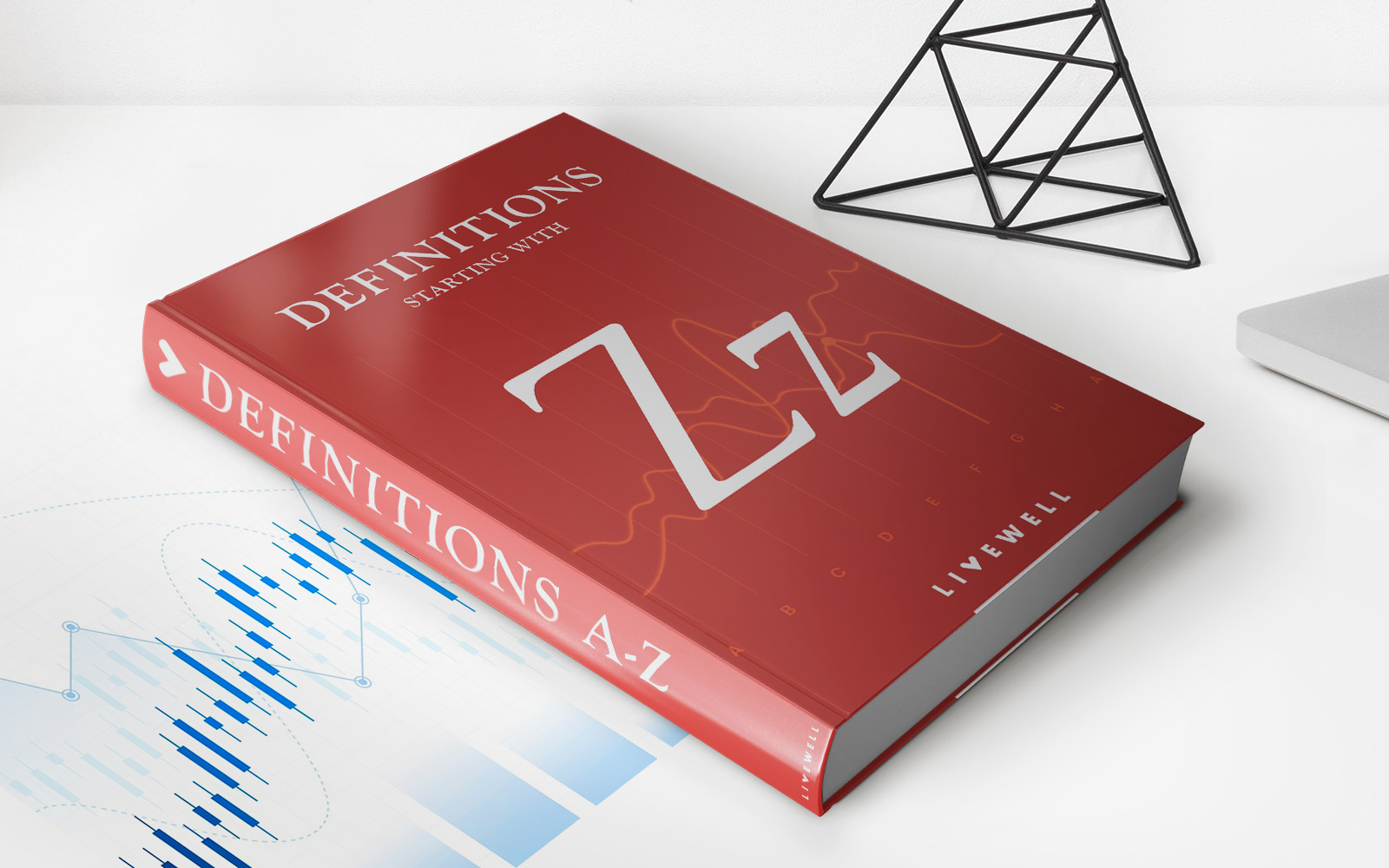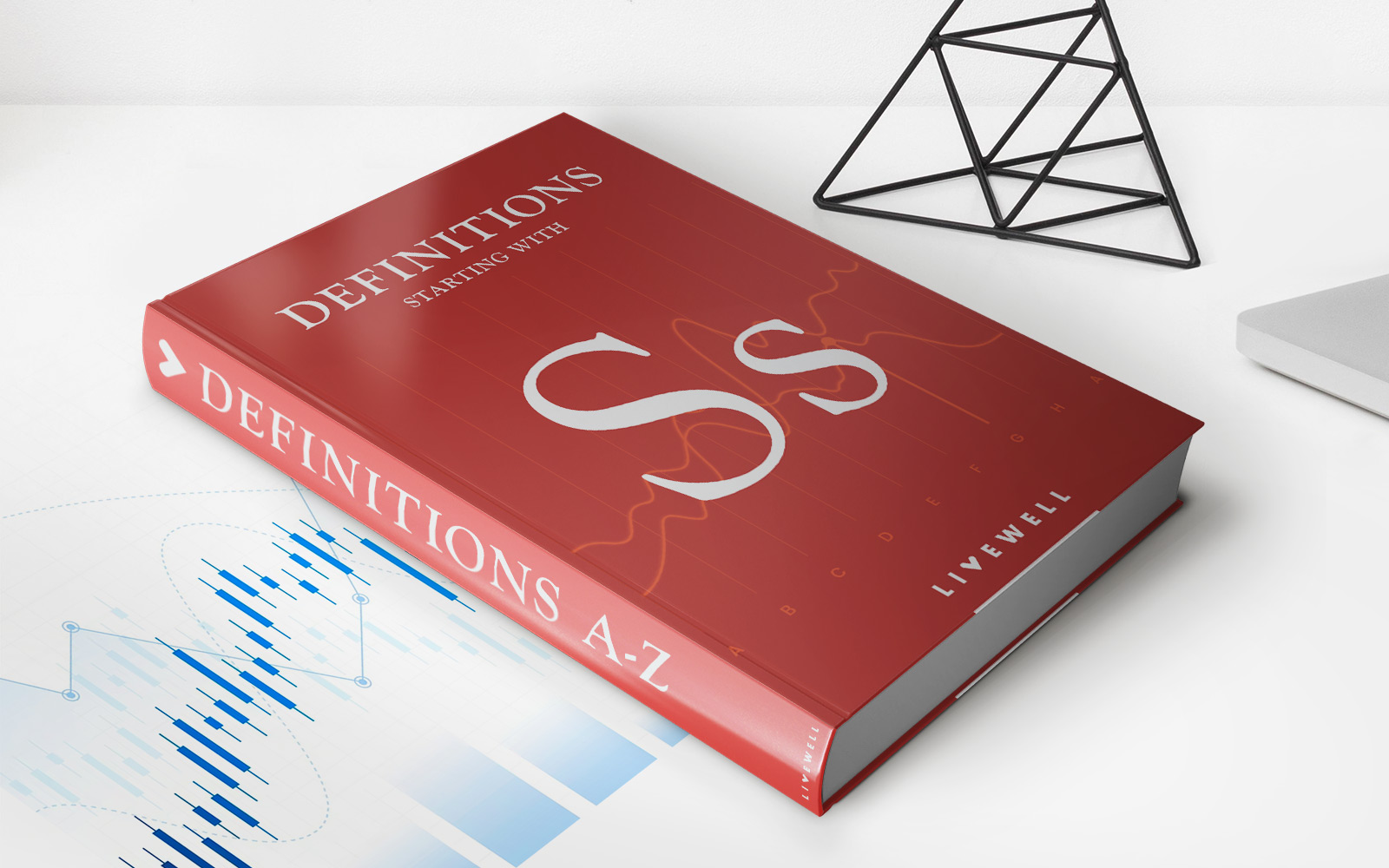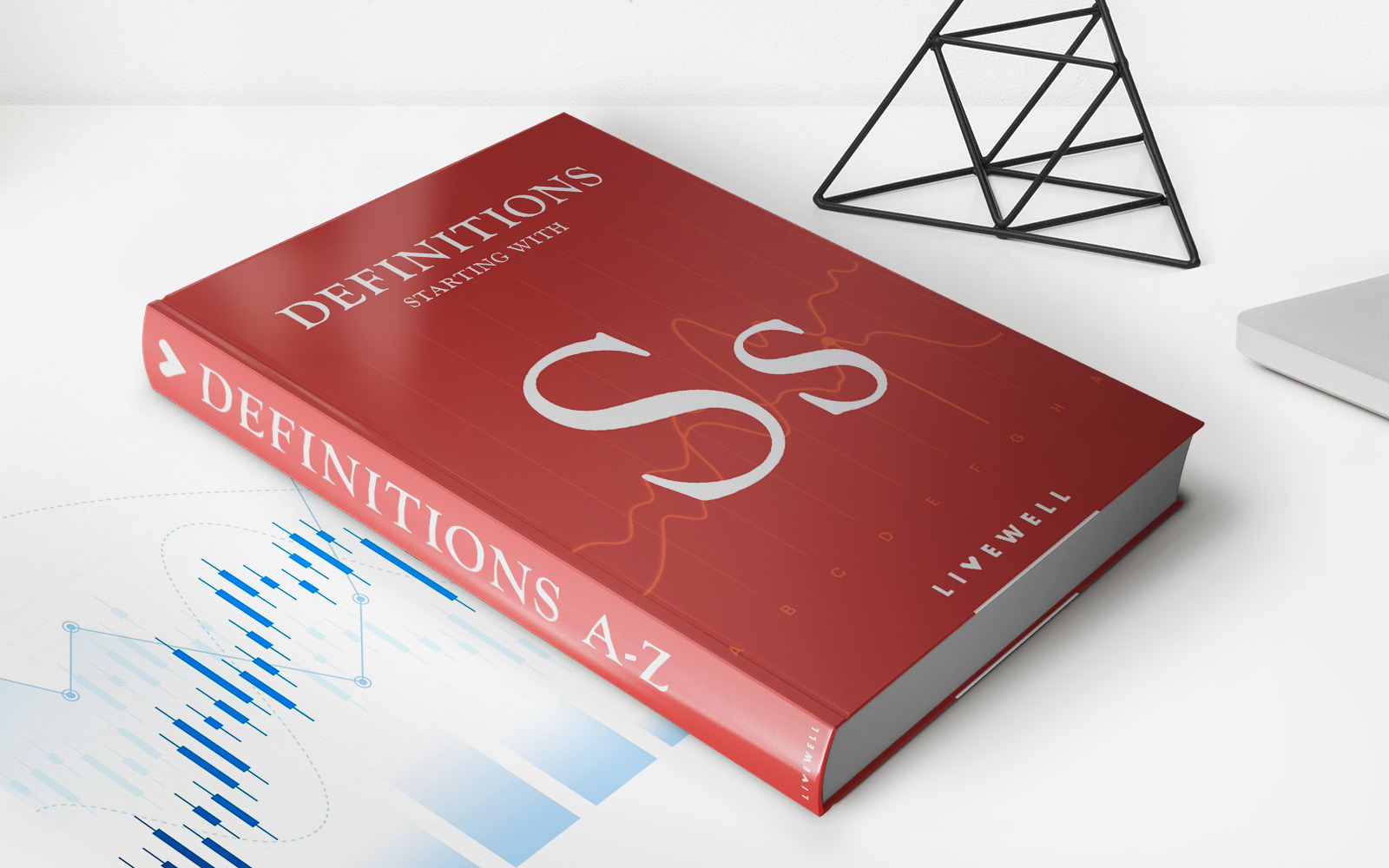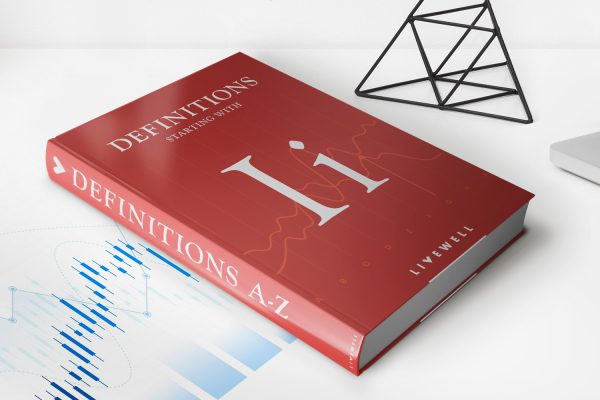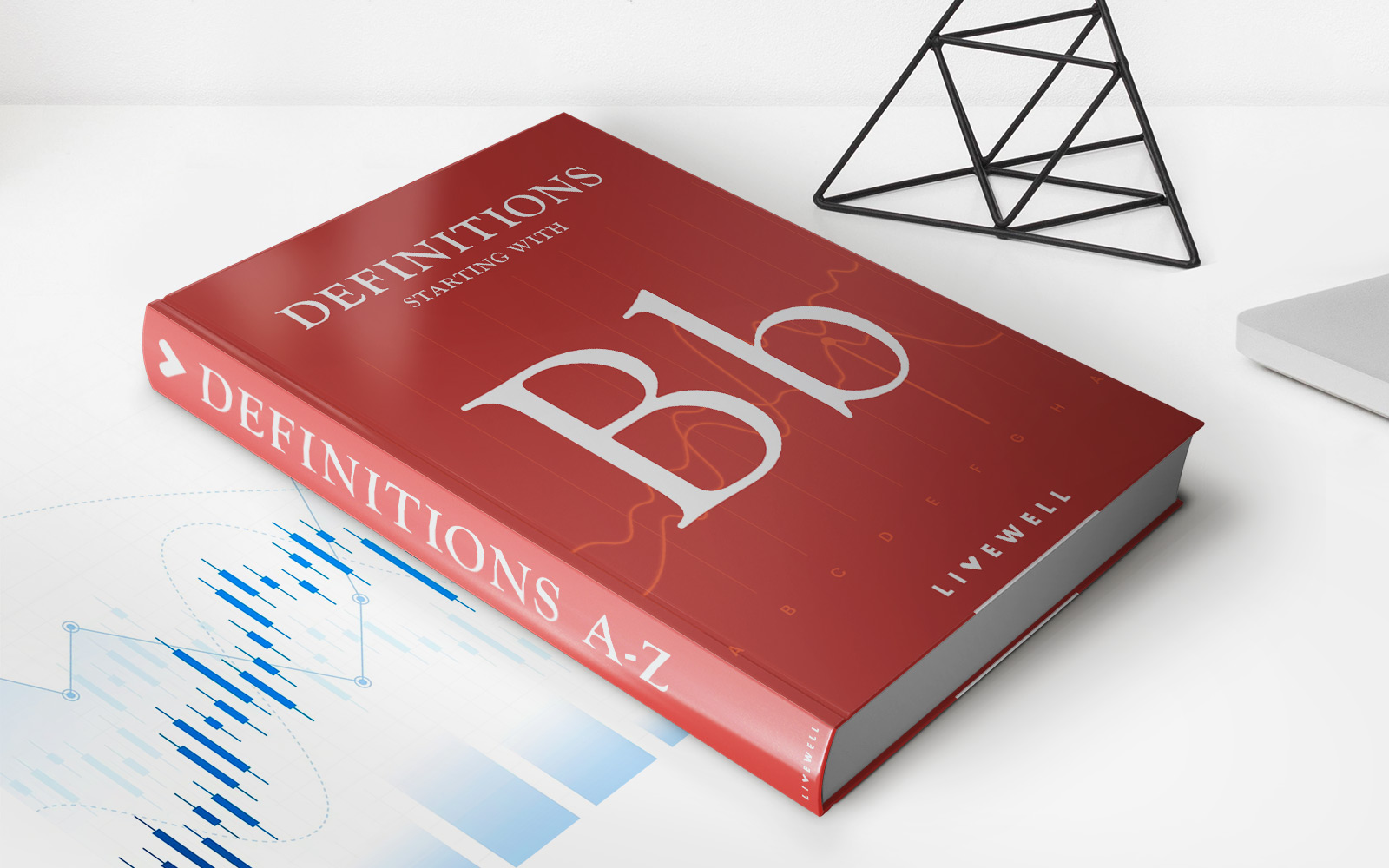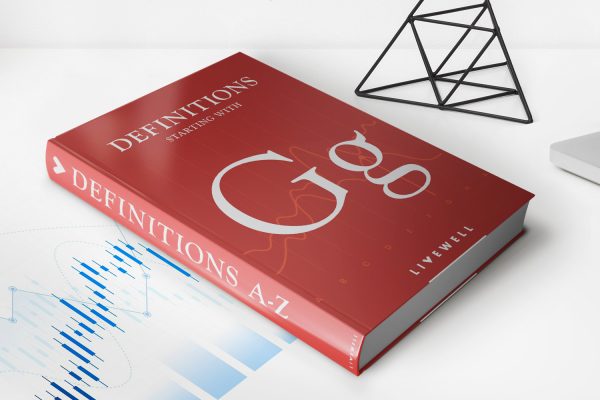
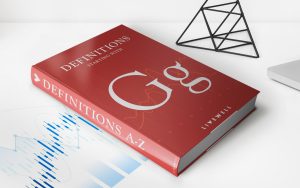
Finance
Giffen Good Definition: History With Examples
Published: November 30, 2023
Learn about the concept of Giffen goods in finance. Understand the definition, explore its historical significance, and find examples to grasp the concept.
(Many of the links in this article redirect to a specific reviewed product. Your purchase of these products through affiliate links helps to generate commission for LiveWell, at no extra cost. Learn more)
Understanding Giffen Goods: A Fascinating Dive into Finance
When it comes to financial concepts, there are many intriguing topics to explore. One such concept is the phenomenon of Giffen goods, which challenges the traditional laws of supply and demand. In this blog post, we will delve into the history and definition of Giffen goods, backed by real-life examples. So, get ready to broaden your knowledge about this unique aspect of finance!
Key Takeaways:
- Giffen goods are rare economic goods that contradict the general relationship between price and demand.
- These goods exhibit an upward-sloping demand curve, meaning that as their price increases, the quantity demanded also increases.
What are Giffen Goods?
In the world of finance, Giffen goods are a rather unusual category. Unlike most goods and services, which follow the basic principle of supply and demand, Giffen goods behave in a contradictory manner. These rarities showcase a peculiar phenomenon wherein the demand for a particular good actually increases as its price rises.
Now, you might be wondering how this is possible. After all, the general rule of thumb suggests that as prices increase, demand decreases. Well, Giffen goods stand as an exception to this economic norm. This unique behavior can be attributed to certain socio-economic factors and consumer preferences.
A Brief History of Giffen Goods
The concept of Giffen goods is named after Sir Robert Giffen, a Scottish economist from the late 19th century. In 1891, Giffen observed an interesting phenomenon in Ireland during the Great Famine. He noticed that as the price of bread, a staple food item, increased, the demand for it paradoxically rose as well.
This perplexing observation challenged the traditional economic theories of the time, which argued that as price increases, the quantity demanded decreases. Giffen’s findings sparked a debate among economists and eventually led to the recognition of Giffen goods as a unique phenomenon in the world of finance.
Examples of Giffen Goods
While Giffen goods are relatively rare, a few real-life examples help illustrate this fascinating concept:
- Bottled Water During Crisis: During a natural disaster or water scarcity, the price of bottled water may skyrocket. In such situations, the demand for bottled water could increase because consumers perceive it as a necessity and are willing to pay the higher price.
- Luxury Brands: Some luxury brands thrive on exclusivity and high price tags. As the price of these high-end fashion items increases, the demand may also increase among certain consumer groups. The elevated price is often associated with prestige and social status, making these goods even more desirable.
These examples demonstrate how Giffen goods can defy the laws of economics, leading to an unconventional relationship between price and demand.
In Conclusion
Giffen goods continue to intrigue economists and financial experts alike due to their unique properties. These rare goods defy the traditional relationship between price and demand, leading to an upward-sloping demand curve. Understanding the history and examples of Giffen goods allows us to explore the intricacies of consumer behavior and socio-economic factors.
So, the next time you come across a Giffen good, remember the paradoxical relationship it has with its price and demand. The world of finance is full of surprises!
